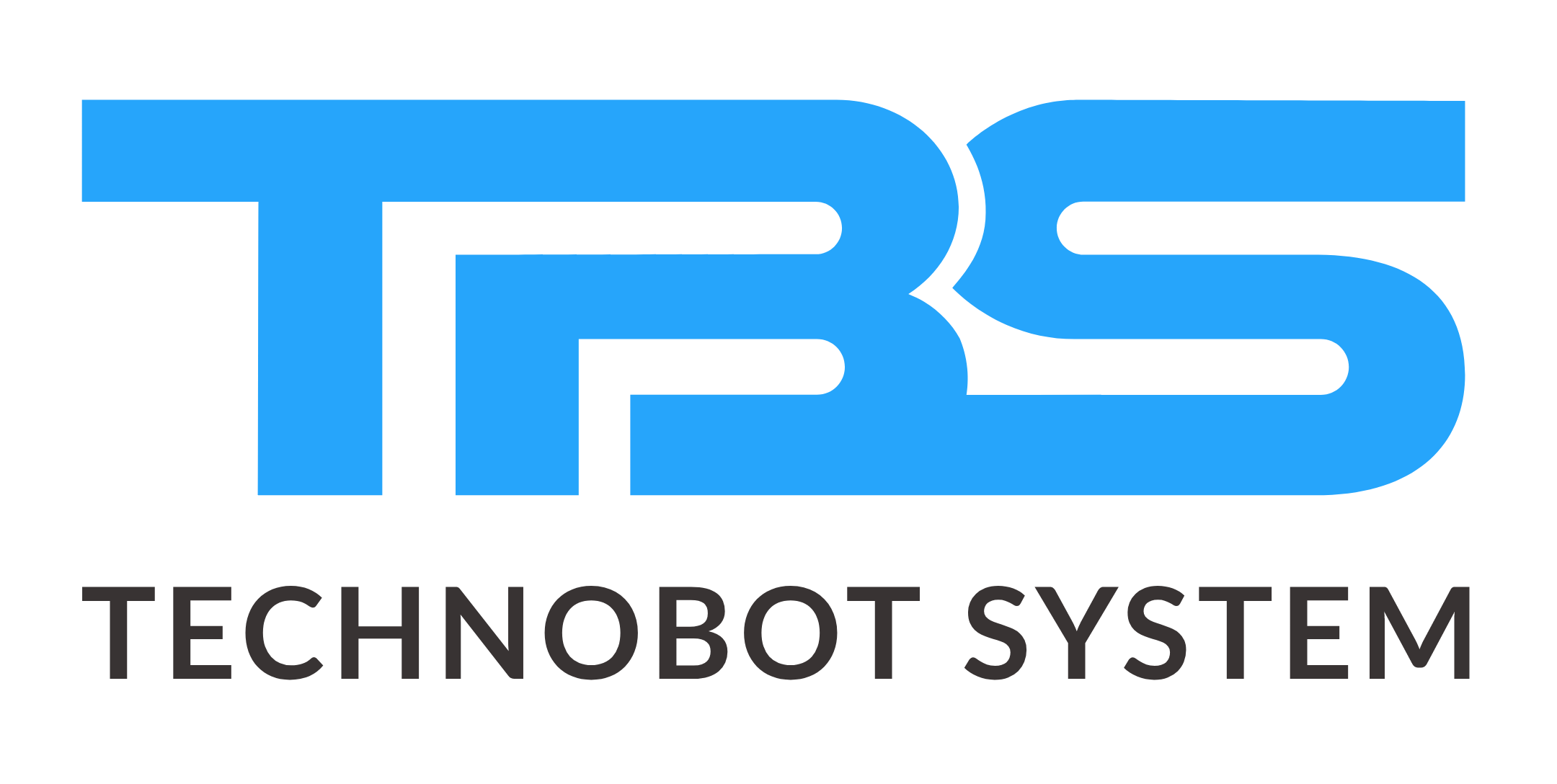Introduction: Why Your Business Needs a Product Development Strategy
In today’s hyper-competitive market, launching a new product without a well-structured plan is like sailing without a compass. A robust new product development strategy not only minimizes risk but also accelerates go-to-market success. Whether you’re a startup or an established brand, having a clearly defined strategy can be your game-changer.
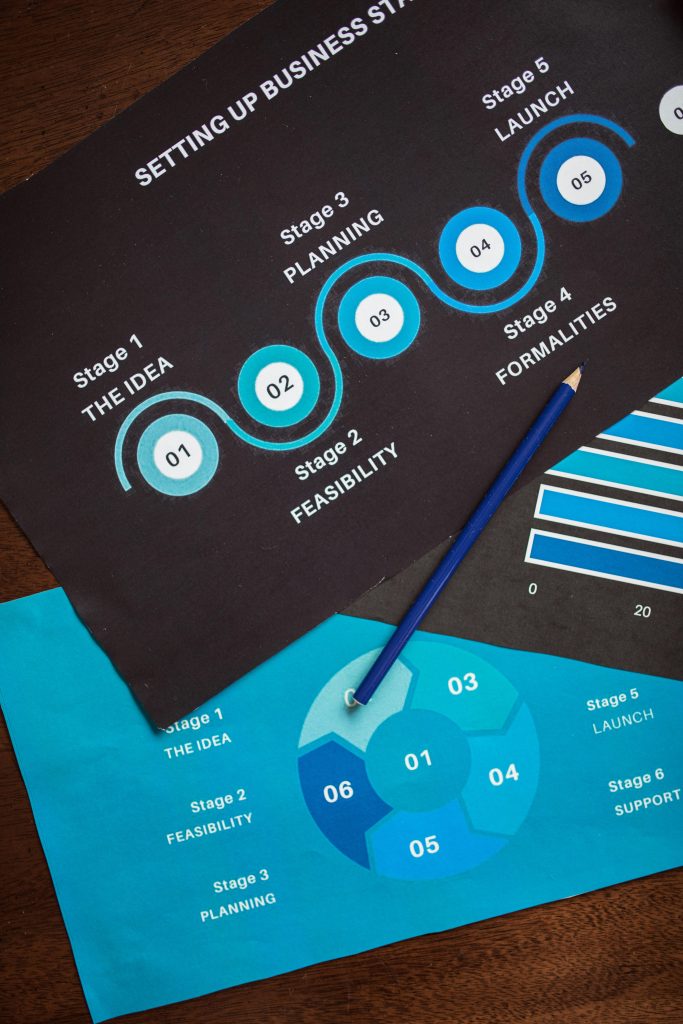
What is a New Product Development Strategy?
Definition and Purpose
A new product development strategy is a detailed roadmap that guides a company in designing, developing, and launching a new product. It aligns product innovation with customer needs, market demand, and business goals.
Why Is It Important?
- Reduces the risk of product failure
- Improves time-to-market
- Aligns cross-functional teams
- Enhances market responsiveness
Read more on our blog about Innovation in Software Product Design.
Key Stages of New Product Development Strategy
Developing a successful strategy involves seven core stages:
1. Idea Generation
Start by identifying customer pain points or market gaps. Use brainstorming sessions, customer feedback, and competitor research.
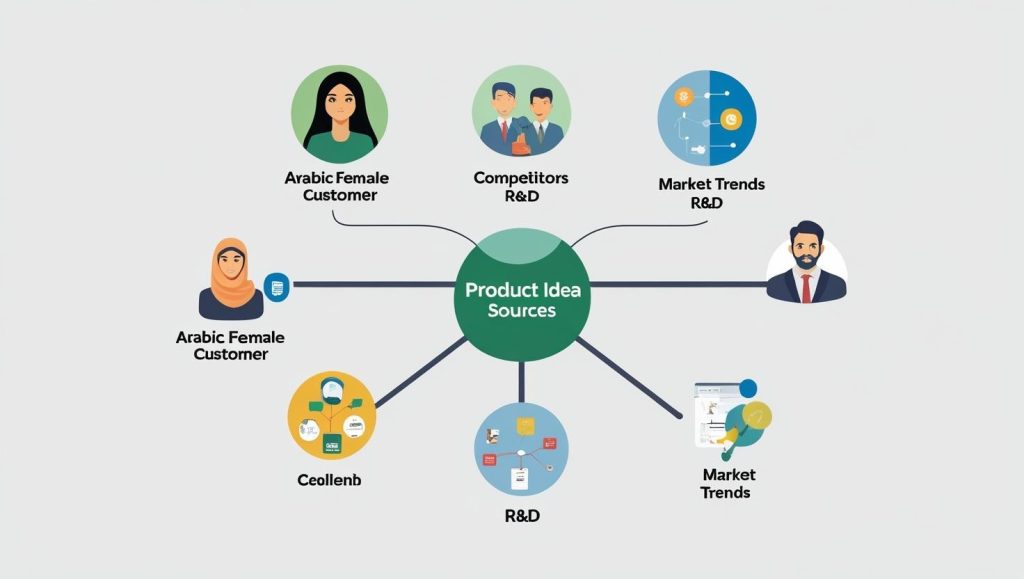
2. Market Research
Validate your idea using market surveys, focus groups, or tools like Google Trends and Statista. Analyze buyer personas, pricing sensitivity, and feature expectations.
3. Concept Development & Testing
Create a minimum viable product (MVP) or wireframe and test it with a target audience. Collect feedback to refine your concept.

4. Business Strategy Alignment
Ensure the product aligns with your business vision, mission, and long-term objectives. Consider production costs, ROI, and scalability.
5. Product Design & Development
Once you finalize the concept, move into prototyping, design sprints, and testing cycles. Collaboration between engineering, design, and marketing is crucial here.
See how we approach UX/UI Best Practices for Digital Products.
6. Market Testing
Launch the product in a test market. Collect real-world data and tweak your product or pricing based on user behavior.
7. Commercialization
Prepare for full-scale product launch. This includes marketing campaigns, sales training, distribution planning, and customer support setup.
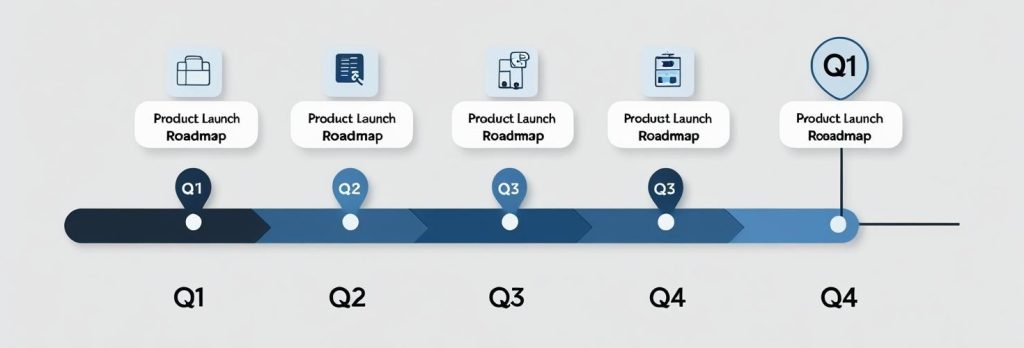
Best Practices to Strengthen Your Product Strategy
1. Stay Customer-Centric
Always build for your customer, not just for technology’s sake. Conduct customer interviews regularly to stay aligned.
2. Use Agile Methodology
Adopt Agile principles to remain flexible and adapt to real-time market feedback. Tools like Jira or Trello help streamline workflows.
3. Monitor KPIs
Track performance metrics such as adoption rate, customer satisfaction score (CSAT), and net promoter score (NPS).
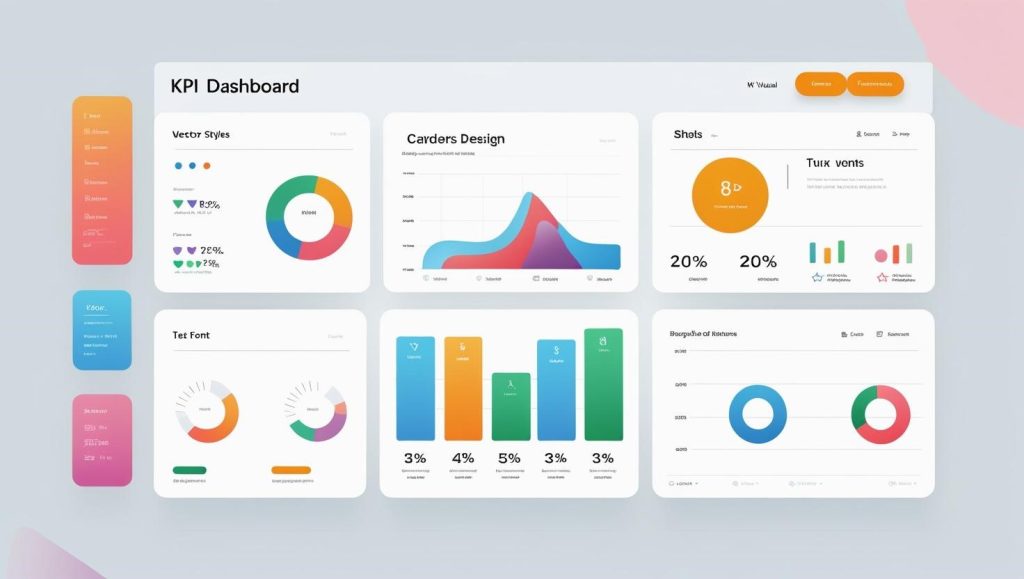
Common Mistakes to Avoid
- Ignoring market research
- Rushing development without testing
- Misalignment with business goals
- Underestimating the cost and timeline
- Lack of post-launch support
Check out our article on Common Product Launch Failures and How to Avoid Them.
Final Thoughts: Strategy Leads to Sustainability
In conclusion, a well-structured new product development strategy is not just a luxury—it’s a necessity. From ideation to market launch, each step builds the foundation for long-term business growth and competitive advantage. So, invest the time to plan it right, test thoroughly, and launch confidently.
